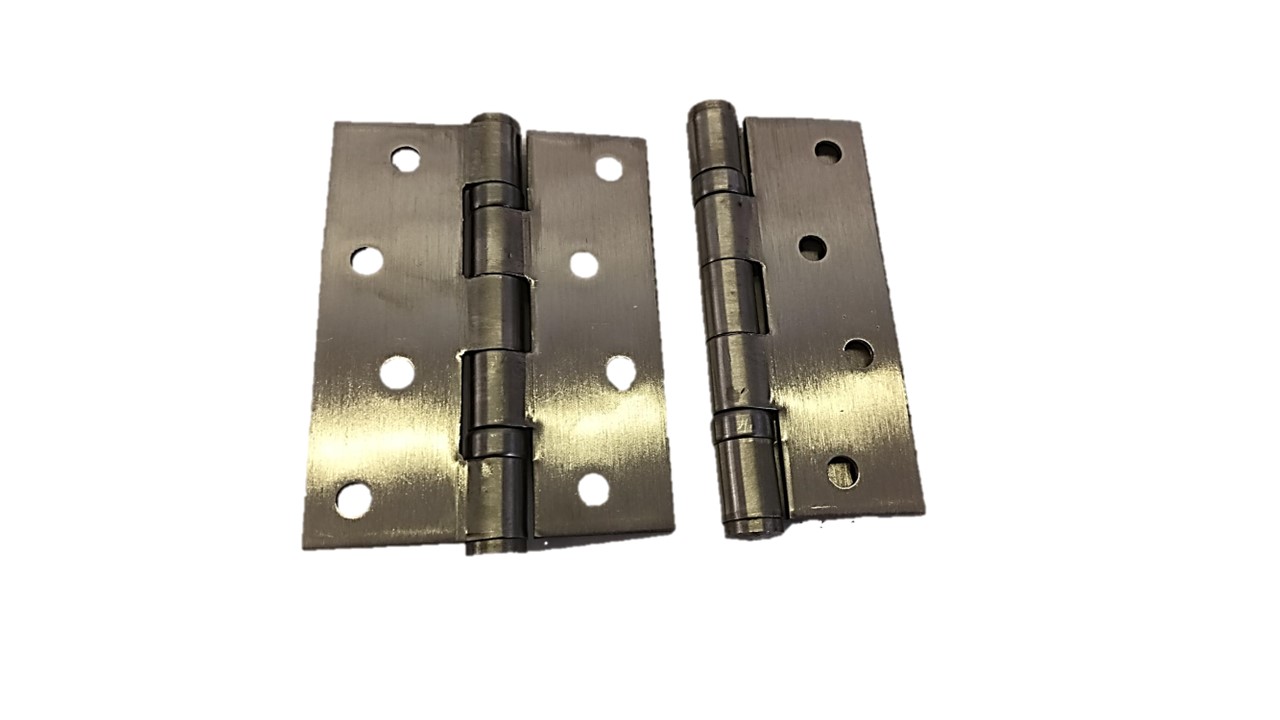
Garage Doors and Parts – Hinges may seem like simple connectors between panels, but they are essential to the flexibility and motion of your garage door. Without properly functioning hinges, the door cannot fold or move along the track as intended. Each time you open or close your garage, hinges allow the individual panels to bend smoothly, keeping the door aligned and reducing pressure on other mechanical parts. Over time, debris, rust, and stress can compromise hinge movement. If neglected, this leads to creaks, jerks, and even panel misalignment. Homeowners often overlook hinges, assuming other parts are to blame for performance issues. However, hinges form the backbone of a seamless garage door operation. Ensuring they are cleaned, lubricated, and inspected can prevent extensive repair bills. When considering maintenance routines, hinges deserve a front-row seat, not just a passing glance.
Components that connect the garage door panels, when cracked, loose, or misaligned, can severely impact how the door opens and closes. When one of these connectors fails, the panels lose stability and may twist out of position. This forces the motor and rollers to work harder, accelerating wear and leading to unexpected breakdowns. In many cases, the damage begins with small noises or slight sticking, which homeowners tend to ignore. Over time, the added strain affects the entire system, including cables and torsion springs. Stress on these connectors can also create gaps between panels, reducing insulation and exposing the interior to weather. Spotting these warning signs early can prevent a minor issue from evolving into a full door replacement. Since these parts support every moving panel, even one faulty piece affects the overall balance. Despite their small size, they play a massive role in maintaining the health and lifespan of the entire door system.
“Read about: Never Scratch Your Car Again: This Laser Parking Hack Is a Game Changer!”
Several problems can arise with hinges, and knowing what to look for helps with early detection. Rust is one of the most common issues, especially in humid or coastal environments. When rust develops, it weakens the metal and restricts hinge movement. Another frequent problem is loosening over time. As bolts become unfastened, panels shift and make unusual noises. Cracks or warping can occur from repeated pressure or accidental impacts. Misalignment often appears when one side of the door drags or fails to close properly. Visual inspections should be part of monthly maintenance. Any hinge that appears uneven, noisy, or stiff may be compromising the entire door system. A good practice is to check all hinges along the vertical rails and lubricate them with a silicone-based solution. Hinges should also sit flush with the panel and move without resistance. These checks require only a few minutes but prevent major repair costs.
Overlooking hinge maintenance can turn into an expensive mistake. While individual hinges are inexpensive, the damage caused by neglected hinges can affect tracks, rollers, and even the motor unit. When panels no longer align correctly due to hinge issues, extra stress builds in areas not designed to handle it. The result is often a chain reaction of mechanical failures. Service calls, panel replacements, and part replacements can quickly exceed the cost of regular upkeep. In worst cases, the door may become stuck halfway, posing a safety risk and leaving your property exposed. Preventative maintenance always proves cheaper than emergency repairs. Hinges need attention like any other mechanical component. Skipping a simple lubrication or tightening session now can mean replacing an entire door later. Consistent care adds years to your garage door’s life and saves you hundreds in unexpected costs.
“Read more: Alvin Leung Is Cooking Like a Mad Scientist And the World Can’t Get Enough”
The good news is that extending the life of your hinges is both simple and cost-effective. Routine lubrication helps prevent friction and keeps movement fluid. Using a silicone-based spray every few months is enough to protect metal from wear. It is also essential to clean the hinges with a dry cloth to remove debris and dust. Make sure all screws and bolts are tightened during inspections. Consider replacing any hinge that shows signs of damage rather than waiting for it to fail. In colder climates, hinges may require more frequent care due to salt exposure and freezing temperatures. Installing quality hinges from trusted manufacturers can also make a difference in durability. Most importantly, never force a door that seems stuck. Forcing movement places additional strain on every hinge in the system. With minimal effort, you can keep hinges strong and the door running like new for years.
This website uses cookies.